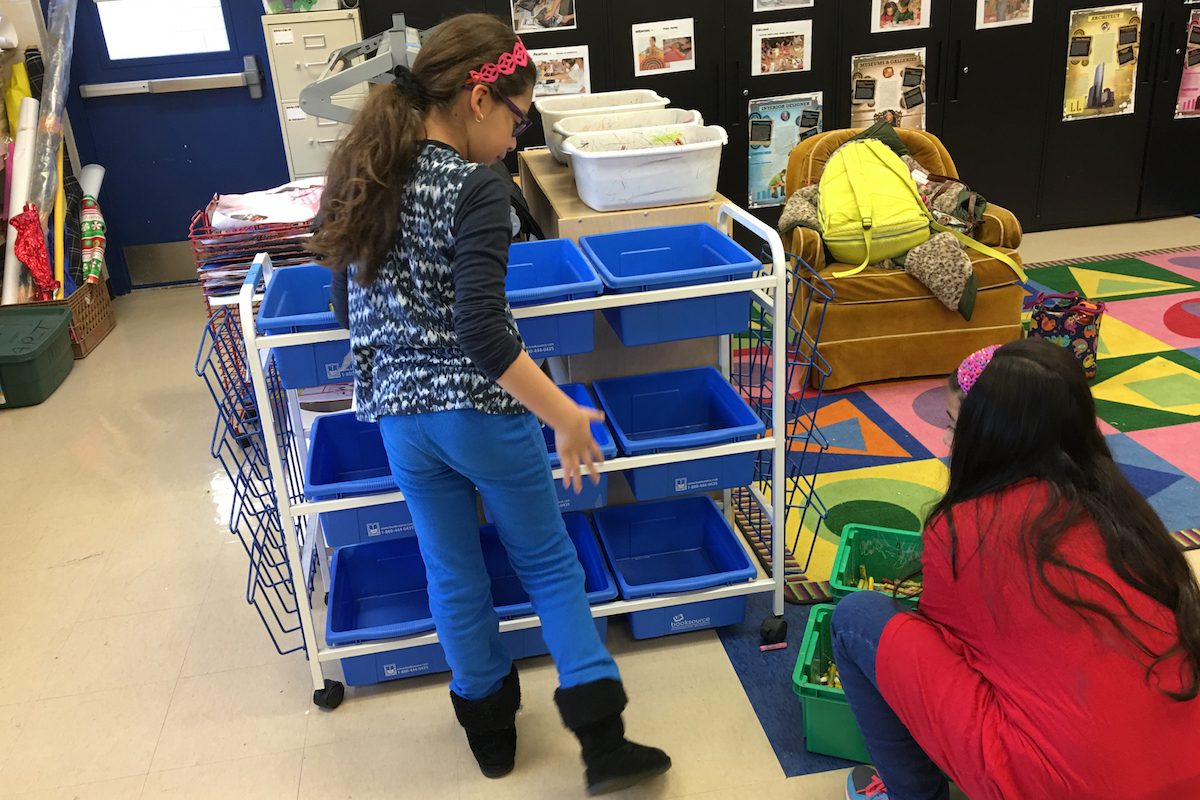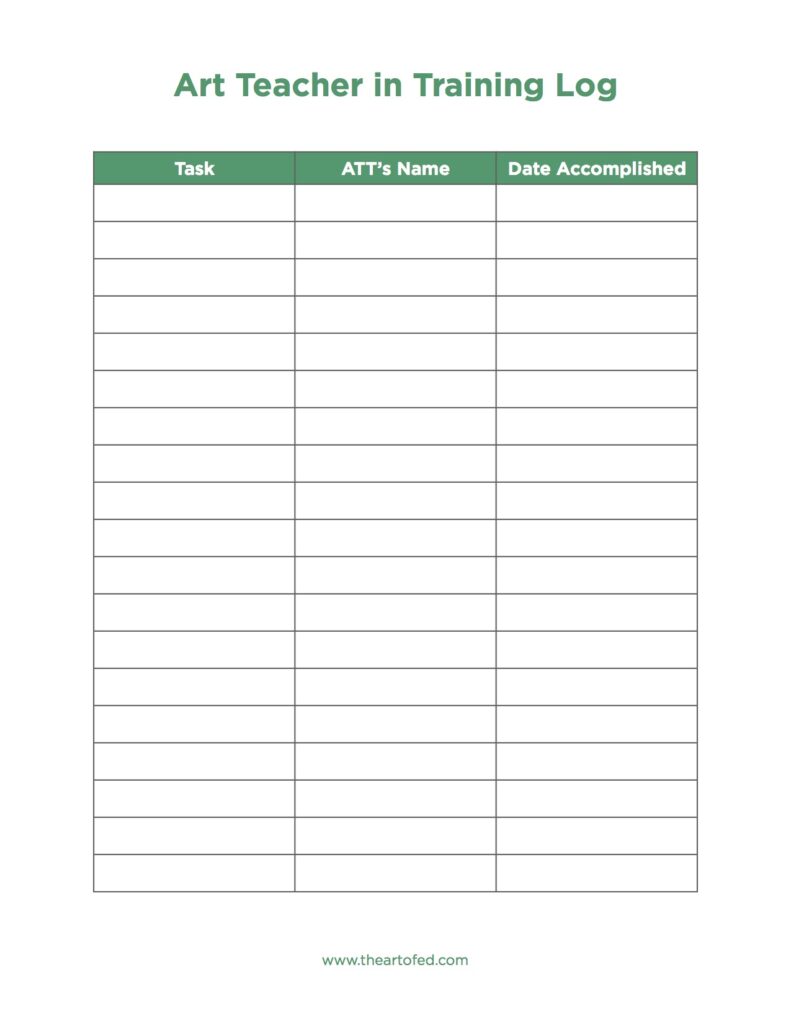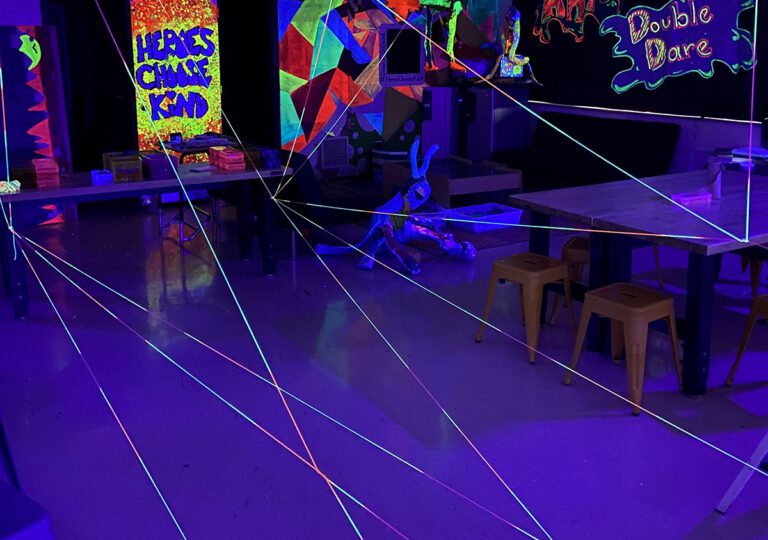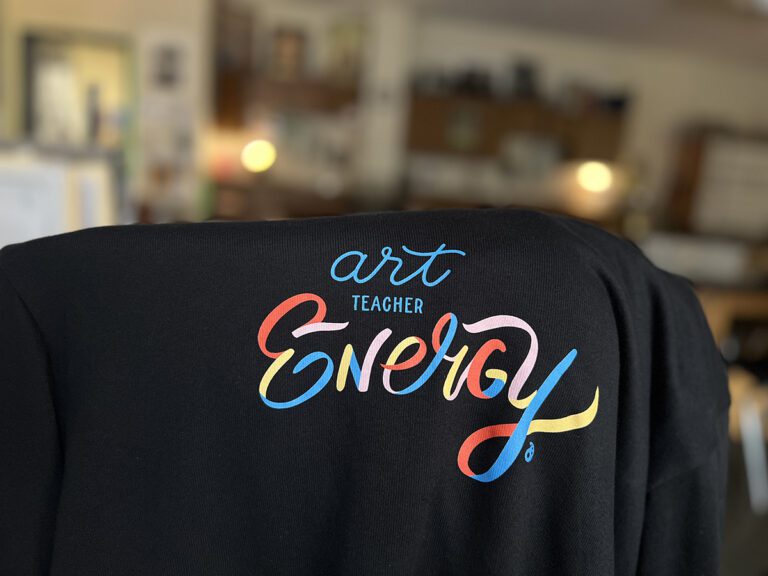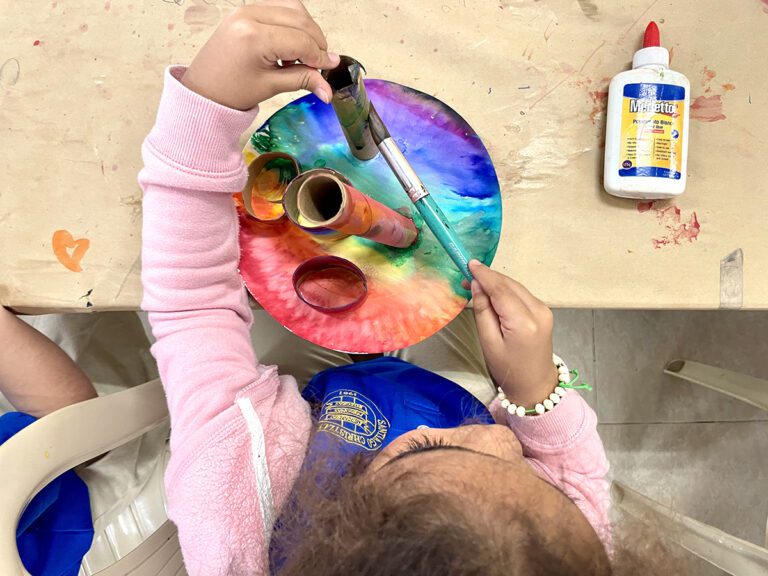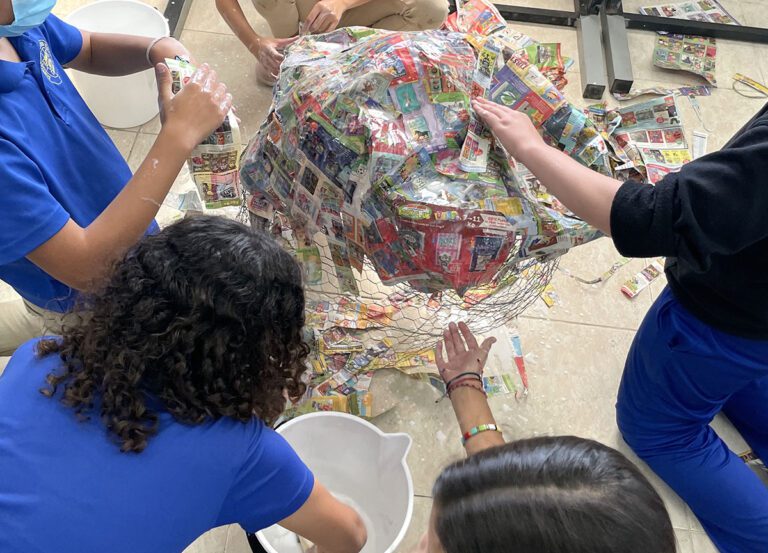During my first few years of teaching, I struggled to make time for everything. I’d stare at the clock wishing for more hours in the day. Between prepping materials, washing brushes, updating classroom social media and the millions of other tasks that come with the job, I was spent!
Maybe you are feeling this way too. Don’t worry. There’s a better way!
Enter the Art Teacher in Training Program.
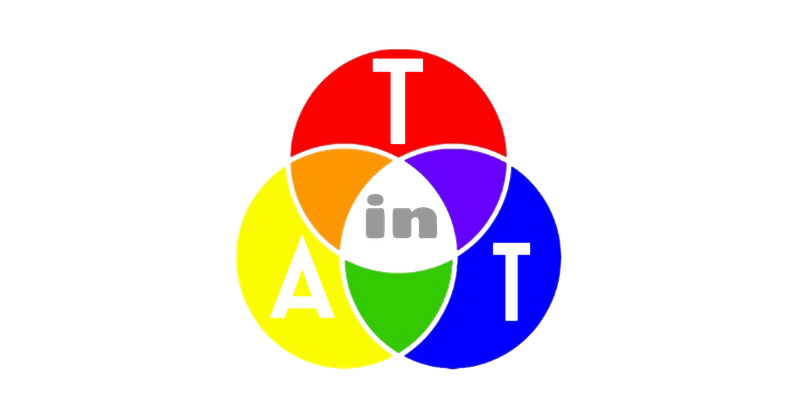
Think about it. How many students do you have wishing they had your job? I would wager most of us have a lot of wannabes in our schools. Why not give them everything they’ve always wished for and, in turn, give yourself a break?
To start your own Art Teacher in Training Program, follow the 5 simple steps below.
1. Break your tasks into two lists.
On one list, write all the tasks you could possibly entrust to students with some training. On the other, write things that you have to tackle yourself. The tasks from the first list will become the basis of your Art Teacher in Training (ATT) Program.
2. Figure out the best time to have your students help.
At my school, students linger in the cafeteria or auditorium before first period. For me, this is the perfect time to have students come and help with special tasks or to set up for the day. At your school, you might also consider lunch, after school, or even having older students come in during their study halls.
3. Hype the program to your students.
Start by reaching out to the students that are always clamoring to help and spend more time in the art room. Many of these kids will sign up without any need for additional incentives.

4. Select and train your helpers.
Although you may want to let all interested students help, choose wisely. If you choose too many, it can lead to chaos and low productivity. I suggest choosing the most qualified and motivated students.
In the beginning of the year, expect to spend about a week of mornings showing students how to do a multitude of activities to ensure their success. Once training is complete, ATT’s come in small groups of one to three students and are good at reminding each other of the expectations. Art room visuals, like memes, serve as good reminders as well. An example meme hanging over the sink reads, “I washed my brushes and put them away bristles facing up!”

5. Create a way to communicate tasks to your helpers.
I keep a running list of tasks on a clipboard for my students to see and a place to initial once the task is complete. This gives me the freedom to do other things and gives them autonomy and a sense of accomplishment. It also allows to me keep track of who did what and how the job was done in the event something needs redoing. You can download a copy of the Art Teacher in Training log below to use in your classroom!
Heading off trouble…
Once you have this basic setup in place, your Art Teacher in Training Program should run fairly smoothy and save you a ton of time! However, in the event that things start to go awry, I’ve got you covered.
There’s still too much to do!
Sometimes, even with all of the help, the list gets backlogged. If this happens, simply build in an additional time or two for your ATT’s to come in and help get you back on track. For example, I will stay in at lunch and have my crew eat with me while we work. ATT’s love this. Honestly, it isn’t necessary all that often.
My helpers’ enthusiasm is waning…
I have noticed that some students will come less often as the year wears on and workloads get more intense. So, I initiated monthly “Pizza and Paint” parties to keep them coming in. In my room, if students report “X” amount of mornings, they are eligible to come to the party. We play great music, chat, eat, dance, and paint. I think I look forward to these parties as much as they do. They are wonderful bonding experiences and a great chance to remind your helpers how valuable they are to you and the art program.
You can show your students you appreciate them in any number of ways. Here are a few more ideas:
- Hand out Mona Lisa Money (some sort of art room “cash” they can use for special privileges).
- Create special aprons with the “Art Teacher in Training” logo.
- Allow helpers to do a special, exclusive project with you.
All of these incentives are inexpensive and easy to do while affording you tons of extra time to focus on higher order priorities!
Results
The single best, unanticipated side effect of the Art Teacher in Training Program is how these students step up in class and wind up assisting in ways I could not have imagined during their class time. They are more invested and more connected to every lesson and activity.
I cannot stress enough how this can revolutionize your time management and stress level. I’m a more relaxed and focused educator because of my Art Teachers in Training. Get yourself a crew and see for yourself.
Do you run a similar program in your art room? We’d love to know how it works!
What are some specific ways you have students help you in the art room?
Magazine articles and podcasts are opinions of professional education contributors and do not necessarily represent the position of the Art of Education University (AOEU) or its academic offerings. Contributors use terms in the way they are most often talked about in the scope of their educational experiences.
